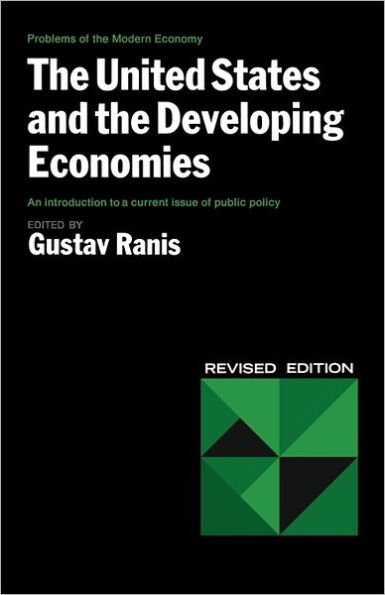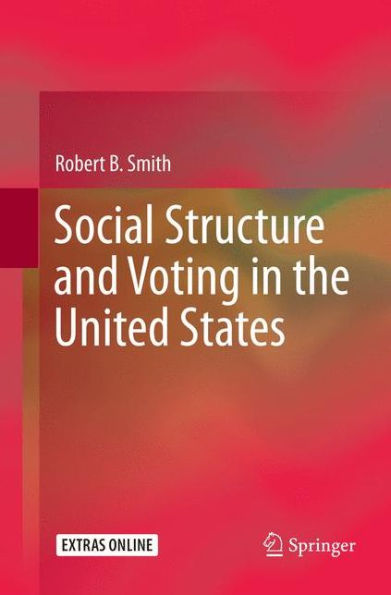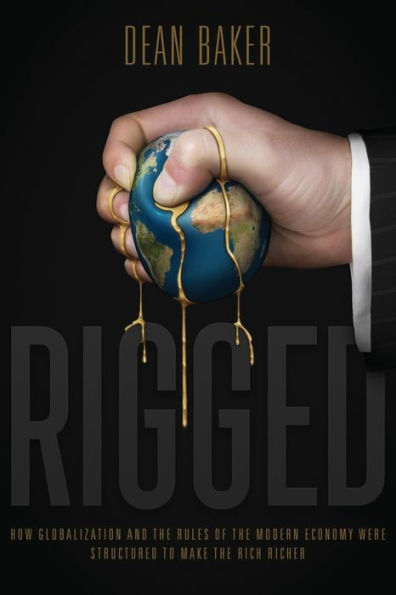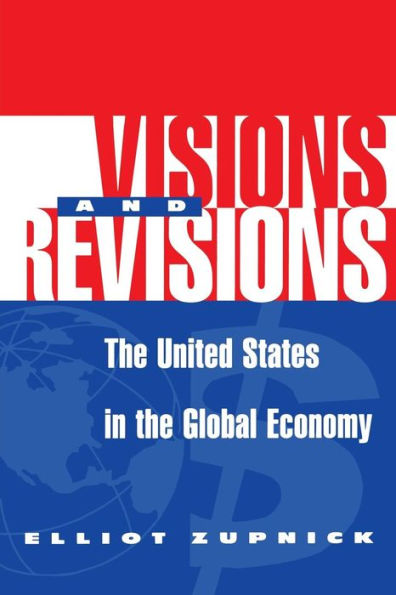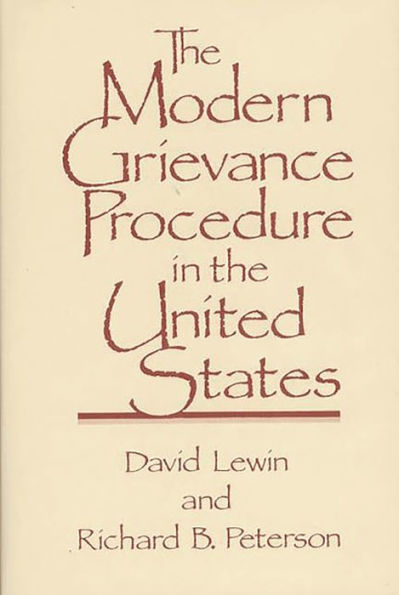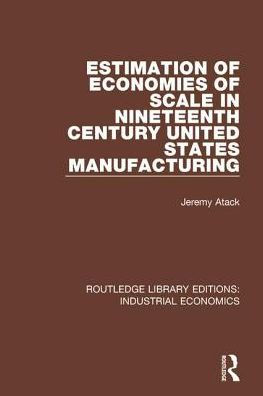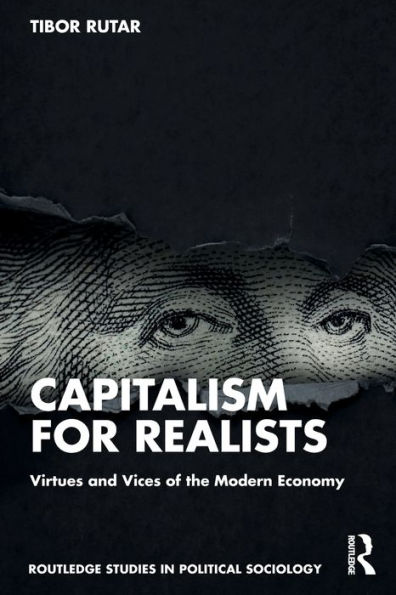Home
The Structure of a Modern Economy: The United States, 1929-1989
Loading Inventory...
Barnes and Noble
The Structure of a Modern Economy: The United States, 1929-1989
Current price: $89.00
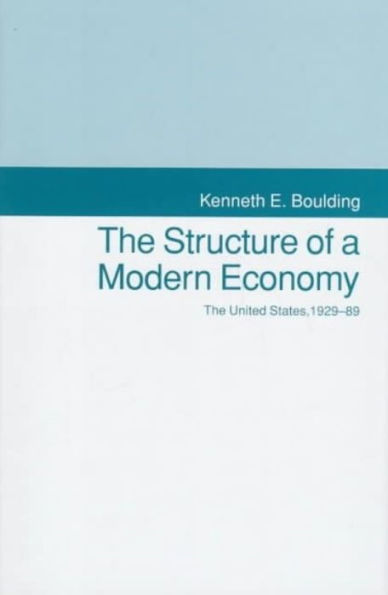

Barnes and Noble
The Structure of a Modern Economy: The United States, 1929-1989
Current price: $89.00
Loading Inventory...
Size: OS
*Product Information may vary - to confirm product availability, pricing, and additional information please contact Barnes and Noble
One of the important sources for the increase of human knowledge is the keeping of careful records of a system over time, the study of which may reveal patterns and relationships that otherwise would not be perceived. Despite the existence of more than 60 years of national income statistics and their various components and supplements, such as unemployment and labor force figures, price levels, relative prices, etc, there has been a dismaying lag in the use of this data to detect previously unrecognized relationships among economic variables.
One of the reasons for this disturbing lack of attention to such patterns is the 18th-century celestial-mechanics type of mathematics that is generally in use. Deterministic dynamic mathematical models are often inappropriate to the structural and topological complexities of the economic system, particularly to the instability of its fundamental parameters. This intriguing new book is a step towards an interpretation of the record in terms of topological patterns represented by a variety of graphs. The type of long-run topological analysis on which this book is based reveals some striking properties of the American economy which conventional economics and econometrics have tended to miss. One of these is the relative insignificance of the Federal government, even during the period of the New Deal. Also suggested by the data are the unexpected effects of governmental action.
Preeminent economist Kenneth Boulding offers this study not only as a means of coming to a better understanding of our past and present economic systems, but also as an aid to decision-making about the future. If the decisions made in the present are based on unrealistic inferences, he maintains, then they are likely to make the future worse than it might have been.
One of the reasons for this disturbing lack of attention to such patterns is the 18th-century celestial-mechanics type of mathematics that is generally in use. Deterministic dynamic mathematical models are often inappropriate to the structural and topological complexities of the economic system, particularly to the instability of its fundamental parameters. This intriguing new book is a step towards an interpretation of the record in terms of topological patterns represented by a variety of graphs. The type of long-run topological analysis on which this book is based reveals some striking properties of the American economy which conventional economics and econometrics have tended to miss. One of these is the relative insignificance of the Federal government, even during the period of the New Deal. Also suggested by the data are the unexpected effects of governmental action.
Preeminent economist Kenneth Boulding offers this study not only as a means of coming to a better understanding of our past and present economic systems, but also as an aid to decision-making about the future. If the decisions made in the present are based on unrealistic inferences, he maintains, then they are likely to make the future worse than it might have been.
